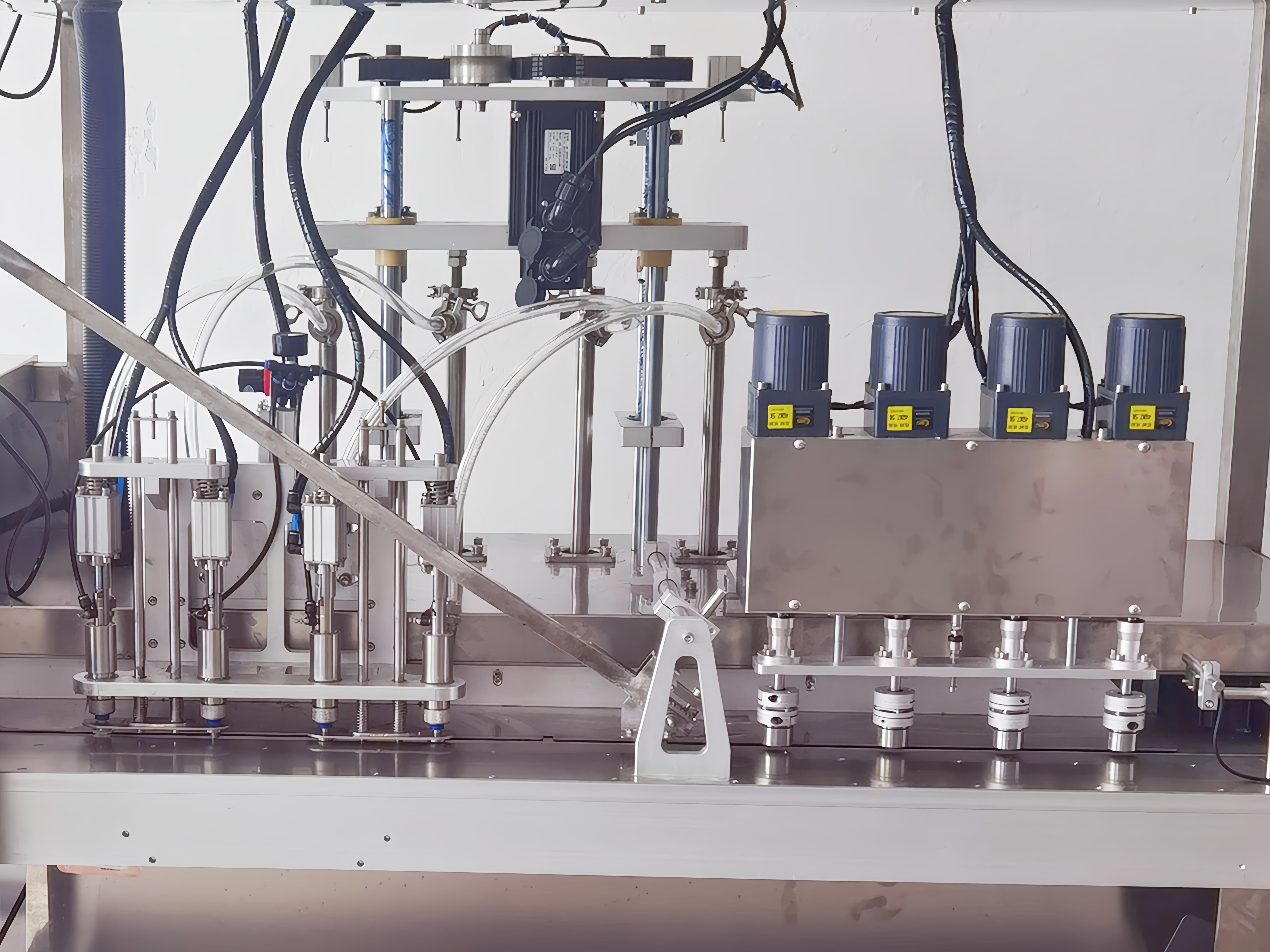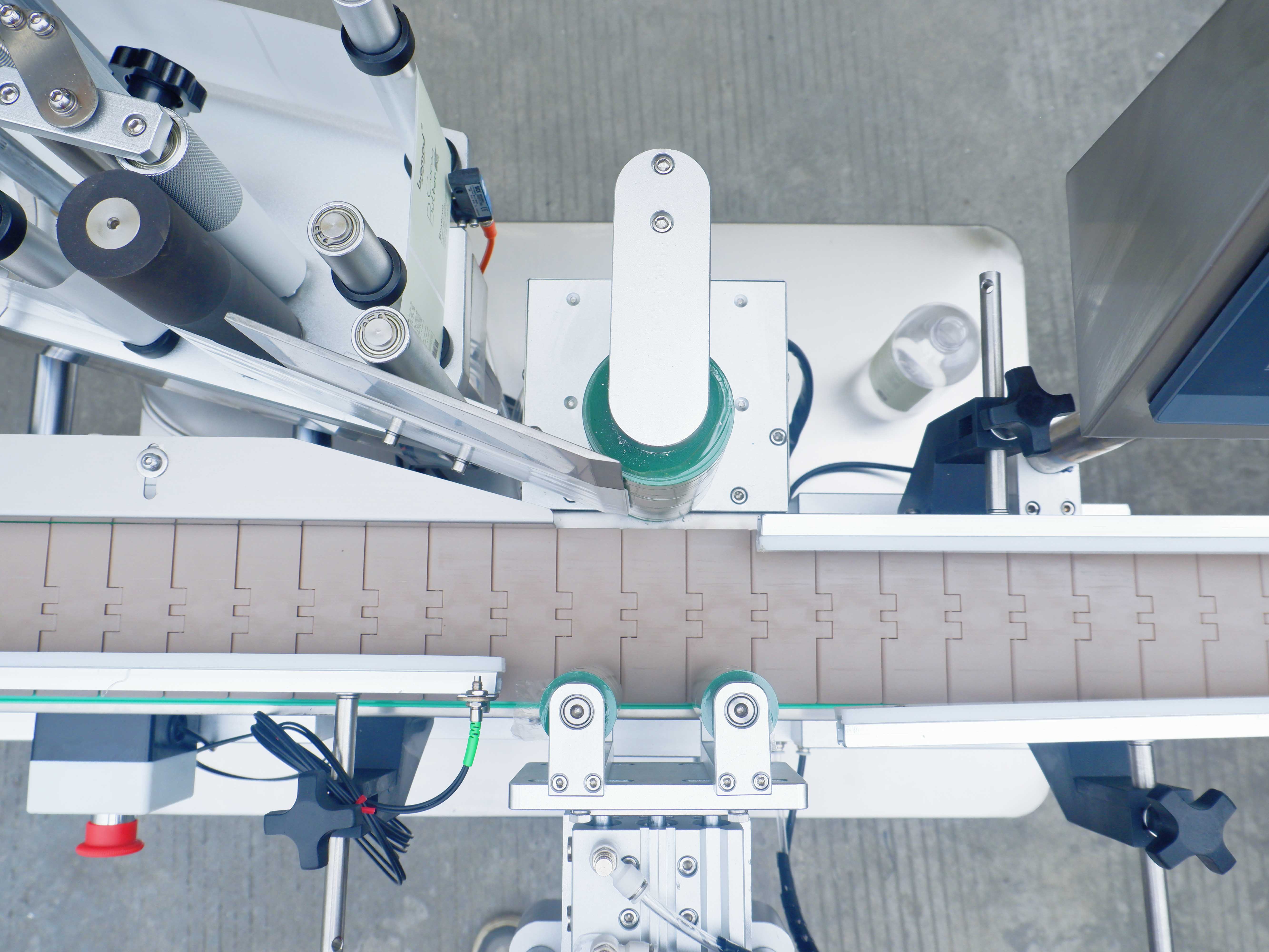Common Faults of Filling Machines and Their Solutions
1. Inaccurate filling volume:
- Material supply problems:
- Insufficient material filling in the material tank leads to unstable liquid level, affecting the accuracy of the filling volume. For example, when filling large-sized products, this situation will occur if the filling speed cannot keep up with the filling speed.
- The feed pipe is blocked, so that the material cannot enter the filling machine smoothly, resulting in insufficient filling volume. It may be caused by impurities in the material or dirt accumulation on the inner wall of the pipe.
- Equipment parameter setting problems: The filling speed is too fast, so that the material has no time to be accurately filled; or the filling time setting is unreasonable, resulting in inaccurate filling volume.
- Equipment component failure:
- The sealing ring is damaged, causing material leakage, affecting the filling volume. Long-term use of the sealing ring will cause wear and aging problems, thereby losing its sealing performance.
- The filling nozzle valve core is blocked or delayed opening. The valve core is blocked, which will prevent the material from flowing out normally, and delayed opening will cause inaccurate filling volume.
2. Dripping phenomenon:
- Filling valve problem: The sealing of the filling valve is not good, such as the ball valve is damaged, the valve core is worn, etc., which will cause the material to drip after the filling is closed.
- Filling nozzle problem: Damage, deformation or excessive diameter of the filling nozzle orifice will cause dripping. For example, during transportation or use, the filling nozzle may be damaged by external force collision.
- Pipeline connection problem: The pipeline connection is not tight, the pipeline is damaged, or the silicone tube and the filling needle plug do not match, causing the material to leak from the connection.
3. Equipment does not work or works abnormally:
- Power failure: The power plug is loose, the power cord is damaged, the power switch is faulty, etc., which will cause the filling machine to be unable to power on and thus cannot work normally.
- Air pressure problem: For pneumatic filling machines, insufficient air pressure, air leakage or damage to the air source two-piece will affect the normal operation of the equipment. For example, the cylinder is not flexible and the speed is slow.
- Control system failure: Failure of sensors, controllers, relays and other components in the control system will cause the filling machine to fail to work according to the set program. For example, the equipment does not fill after touching the injection switch, and the digital indication of the time relay is abnormal.
4. Cylinder piston failure:
- The cylinder piston and the piston rod are not firmly fastened, and there is looseness, which causes the piston movement to be unstable and affects the filling effect.
- The O-ring of the cylinder piston is damaged, causing the material in the cylinder to leak, which not only affects the filling volume, but also may pollute the equipment.
- The cylinder position is offset and is not in the center of the cylinder bracket, which causes the piston movement to be blocked and affects the normal operation of the equipment.
5. Excessive equipment noise:
- Mechanical parts are worn, such as gears, bearings and other parts are severely worn, which will produce noise. Long-term use or lack of lubrication and maintenance can easily cause these parts to wear.
- The equipment is not installed stably, and the filling machine will generate vibration and noise during operation. It may be caused by loose anchor bolts of the equipment or uneven installation ground.



